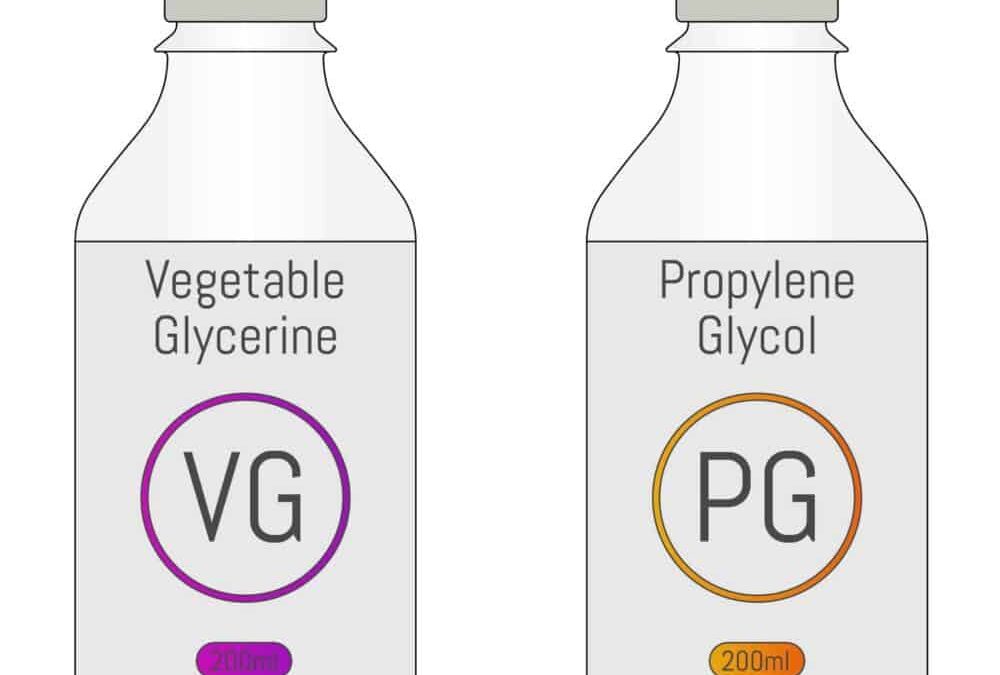Vaping has become a popular alternative to smoking and is rapidly gaining acceptance as a healthier option. One of the critical factors in creating the best vape experience is understanding the different components of vape juice. The two essential compounds in e-liquids are Propylene Glycol (PG) and Vegetable Glycerine (VG). In this blog post, we’ll explore the differences between PG and VG, their roles in vape juice, and the significance of the PG/VG ratio.
Propylene Glycol (PG) is a petroleum-based compound with a thin fluid-like consistency. PG is utilized in many industries, including cosmetics, food, and pharmaceuticals, as a stabilizer for flavor and aroma. When it comes to vape juice, PG is used as a carrier for flavorings and nicotine. PG is known for its low viscosity, which means it produces a thinner consistency for the vape juice, which is ideal for vapers who prefer a throat hit. Moreover, PG has antimicrobial properties that keep the e-liquids fresh for a longer time.

On the other hand, Vegetable Glycerine (VG) is a carbohydrate compound extracted from plant oils such as coconut, soy, and palm. VG is thicker than PG, and this unique consistency is crucial for producing smooth, billowy vapor clouds. VG is also known for its inherent sweet taste, which helps to enhance the flavor of the vape juice. However, VG is not a suitable carrier of nicotine, and increasing its concentration hinders the throat hit and may clog the atomizer.
The significance of the PG/VG ratio in vape juice cannot be overstated as it plays a vital role in producing the desired vaping experience. Most e-liquids have a PG/VG ratio of 30:70, which offers a balance between throat hit and vapor production. However, vapers can experiment with the PG/VG ratio to achieve their desired vaping experience. If you prefer more flavor, a higher concentration of PG in the ratio is preferable. A higher concentration of VG, on the other hand, leads to denser vapor clouds and a smoother inhale.
It’s essential to note that PG and VG both have their benefits and drawbacks, and understanding the two compounds will help you make an informed choice when choosing an e-liquid. Some vapers tend to have an allergic reaction to PG, leading to dry mouth, throat irritation, and allergic rash. For such vapers, a higher concentration of VG in the ratio is an excellent alternative.

In conclusion, Propylene Glycol and Vegetable Glycerine are two critically important compounds in e-liquids. They both have their unique properties that contribute to the vaping experience. A balance between the PG/VG ratio is crucial as it determines the flavor, throat hit, and vapor production. As a vaper, understanding the role of each compound will enable you to pick an e-liquid that suits your preference and avoid allergic reaction. With this knowledge, you can now confidently approach vaping while keeping health safety and overall satisfaction in check.

